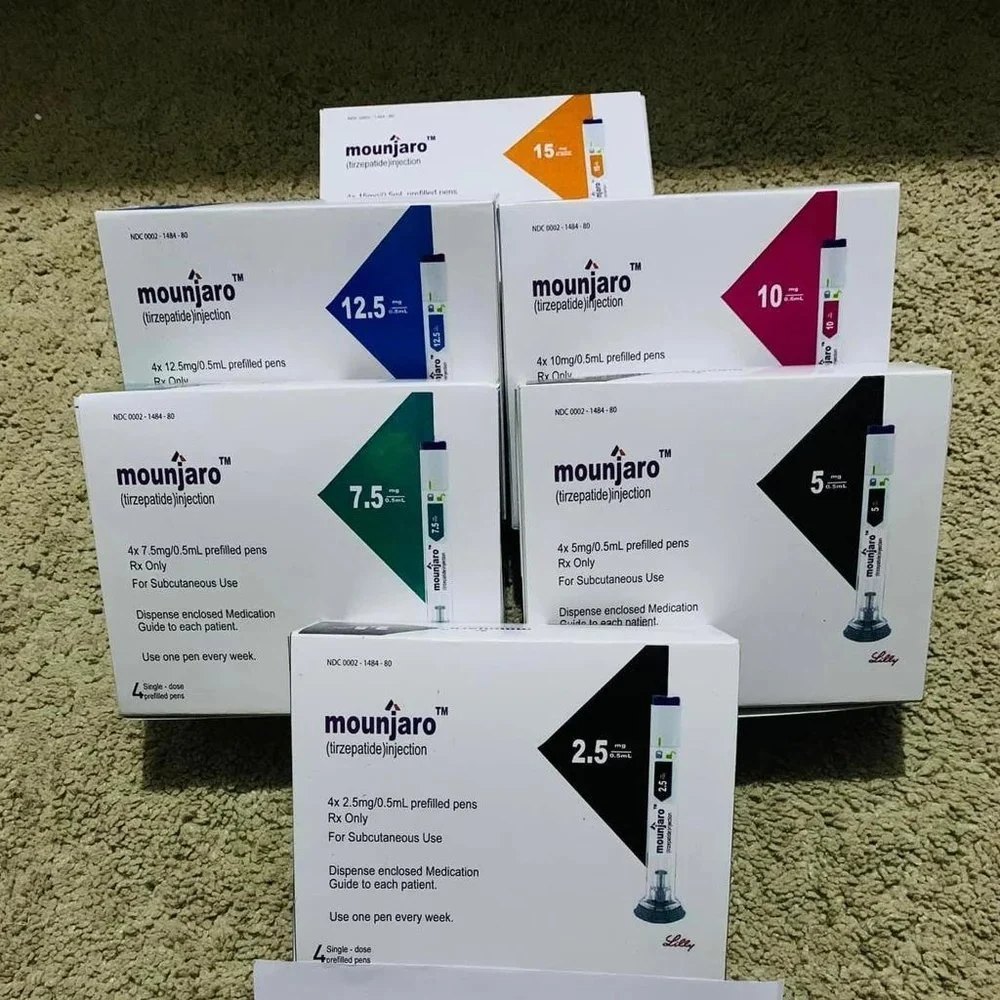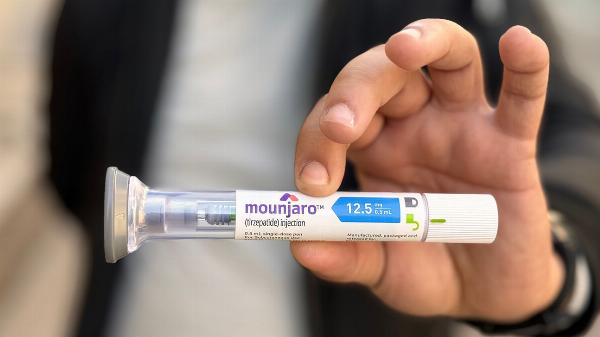 Get SEO-Optimized Articles – Written for Humans, Loved by Google!
Get SEO-Optimized Articles – Written for Humans, Loved by Google!
Revolutionizing Diabetes Management: Mounjaro Injection
Written by Danyal Malik » Updated on: June 17th, 2025

Diabetes management has long been a challenging and evolving field, but the advent of new treatments continually shifts the landscape. One such breakthrough is Mounjaro (tirzepatide), a novel injection that has been making waves for its potential to revolutionize diabetes care. This article delves into how Mounjaro Injection Dubai is changing the game for people with diabetes, exploring its mechanism of action, benefits, and the broader implications for diabetes management.
Understanding Mounjaro:
Mounjaro, a product of Eli Lilly and Company, represents a significant advancement in the management of type 2 diabetes. Tirzepatide, its active ingredient, is a dual GIP and GLP-1 receptor agonist. This means it targets two key hormones involved in glucose metabolism and appetite regulation. By mimicking the action of these hormones, Mounjaro helps in controlling blood sugar levels more effectively than many existing treatments.
The dual-action mechanism of tirzepatide offers a new approach compared to traditional diabetes medications that usually focus on either insulin production or insulin sensitivity. This dual-targeting strategy addresses multiple facets of glucose control, potentially leading to better outcomes for patients.
The Mechanism Behind Mounjaro: How It Works
Tirzepatide works by activating both the GLP-1 and GIP receptors. GLP-1 (glucagon-like peptide-1) is known for its role in enhancing insulin secretion, reducing appetite, and slowing gastric emptying. GIP (gastric inhibitory peptide), while less well-known, plays a crucial role in glucose homeostasis and insulin sensitivity.

When Mounjaro is administered, it enhances insulin release from the pancreas in response to food intake, mimics the natural gut hormones, and helps reduce blood sugar levels. Additionally, it supports weight loss by decreasing appetite, a common challenge for many with type 2 diabetes. This combination of effects makes Mounjaro a versatile tool in diabetes management.
Clinical Evidence: Efficacy and Safety
The efficacy of Mounjaro has been demonstrated in several clinical trials. These studies show that patients using Mounjaro experience significant reductions in HbA1c levels, a marker of long-term blood glucose control. In one pivotal trial, participants achieved greater HbA1c reductions compared to those receiving standard treatments. Moreover, many patients reported substantial weight loss, which is a crucial factor in managing type 2 diabetes.
Safety profiles of Mounjaro have also been closely examined. Common side effects include gastrointestinal issues such as nausea and diarrhea, which are typical of GLP-1 receptor agonists. However, these side effects are generally manageable and often diminish with time. In broader safety assessments, Mounjaro has not shown significant adverse effects beyond those expected from its mechanism of action.
Benefits Beyond Blood Sugar Control
One of the standout benefits of Mounjaro is its impact on weight management. Weight loss is often a critical aspect of managing type 2 diabetes, and Mounjaro’s ability to facilitate this can lead to improved overall health and potentially reduce the need for additional medications. The weight loss associated with Mounjaro is generally in the range of 5-10% of body weight, which is a significant improvement for many patients.
Additionally, Mounjaro’s dual-action approach can lead to a more comprehensive control of diabetes. While many diabetes medications focus on either insulin secretion or insulin sensitivity, Mounjaro addresses both aspects simultaneously. This integrated approach can lead to better glucose control and improved quality of life for patients.
Personalized Diabetes Management: The Role of Mounjaro
As diabetes care becomes increasingly personalized, Mounjaro represents a valuable addition to the therapeutic arsenal. Personalized medicine aims to tailor treatments to individual patient needs, considering factors such as genetics, lifestyle, and disease characteristics. Mounjaro’s versatility allows it to fit into various treatment regimens, potentially offering a tailored approach that could enhance outcomes for different patient profiles.
For instance, Mounjaro might be particularly beneficial for patients who struggle with obesity-related diabetes or those who have not achieved adequate control with other therapies. Its dual mechanism can provide a more nuanced approach to managing complex cases.
Future Prospects: What Lies Ahead for Mounjaro?
Looking ahead, the future of Mounjaro in diabetes management appears promising. Ongoing research aims to explore its long-term effects and potential uses beyond type 2 diabetes. For example, there is interest in studying Mounjaro’s impact on cardiovascular health and its potential applications in other metabolic disorders.
Additionally, as more data becomes available, healthcare providers will gain better insights into optimizing treatment protocols and combining Mounjaro with other therapies. The goal is to maximize the benefits for patients while minimizing side effects and improving overall outcomes.
Conclusion: A New Era in Diabetes Management
Mounjaro represents a significant advancement in the treatment of type 2 diabetes. Its dual-action mechanism offers a comprehensive approach to blood sugar control and weight management, setting it apart from traditional therapies. With promising clinical results and a favorable safety profile, Mounjaro has the potential to revolutionize diabetes management by providing more effective and personalized care.
Note: IndiBlogHub features both user-submitted and editorial content. We do not verify third-party contributions. Read our Disclaimer and Privacy Policyfor details.
Copyright © 2019-2025 IndiBlogHub.com. All rights reserved. Hosted on DigitalOcean for fast, reliable performance.














